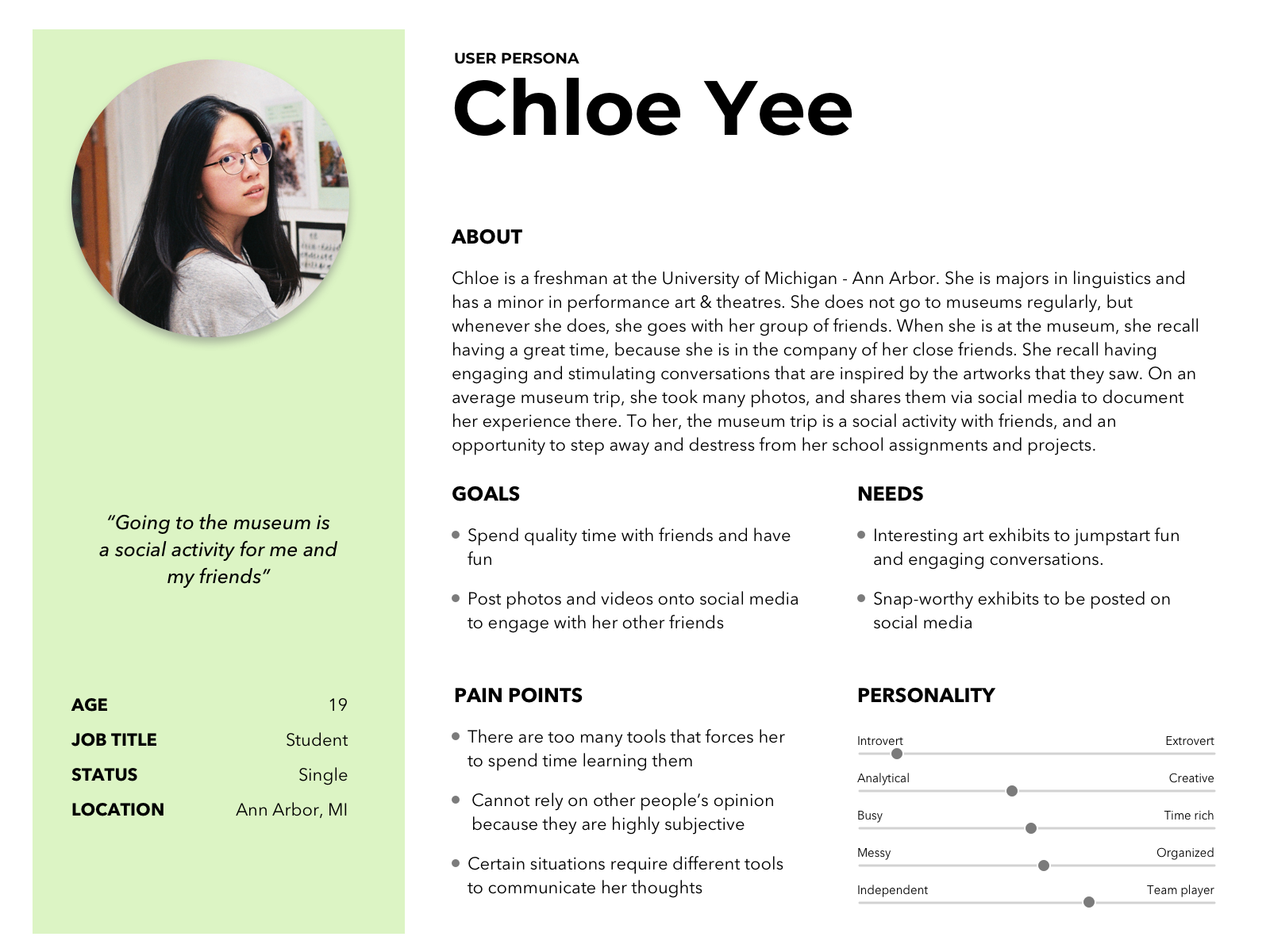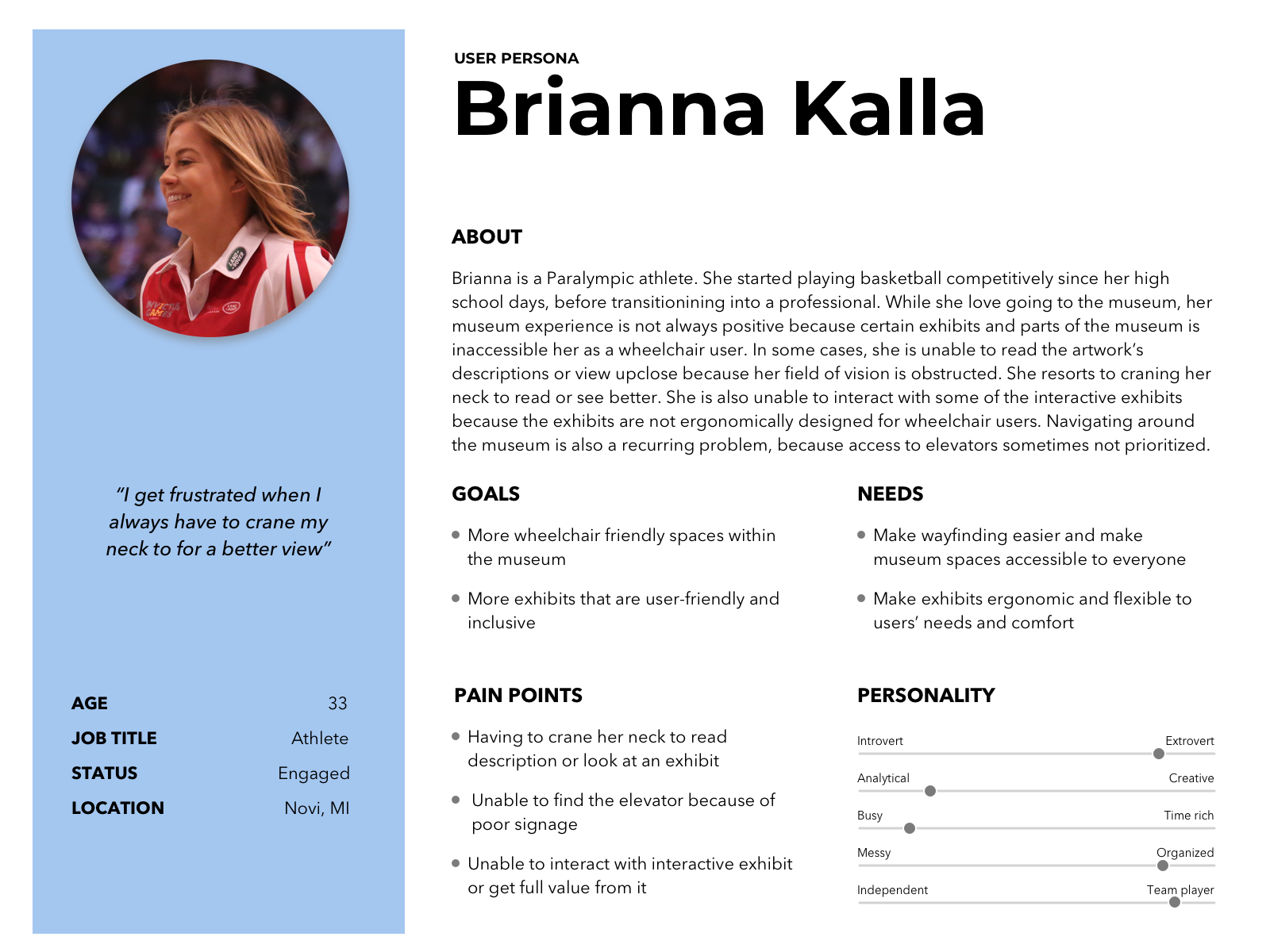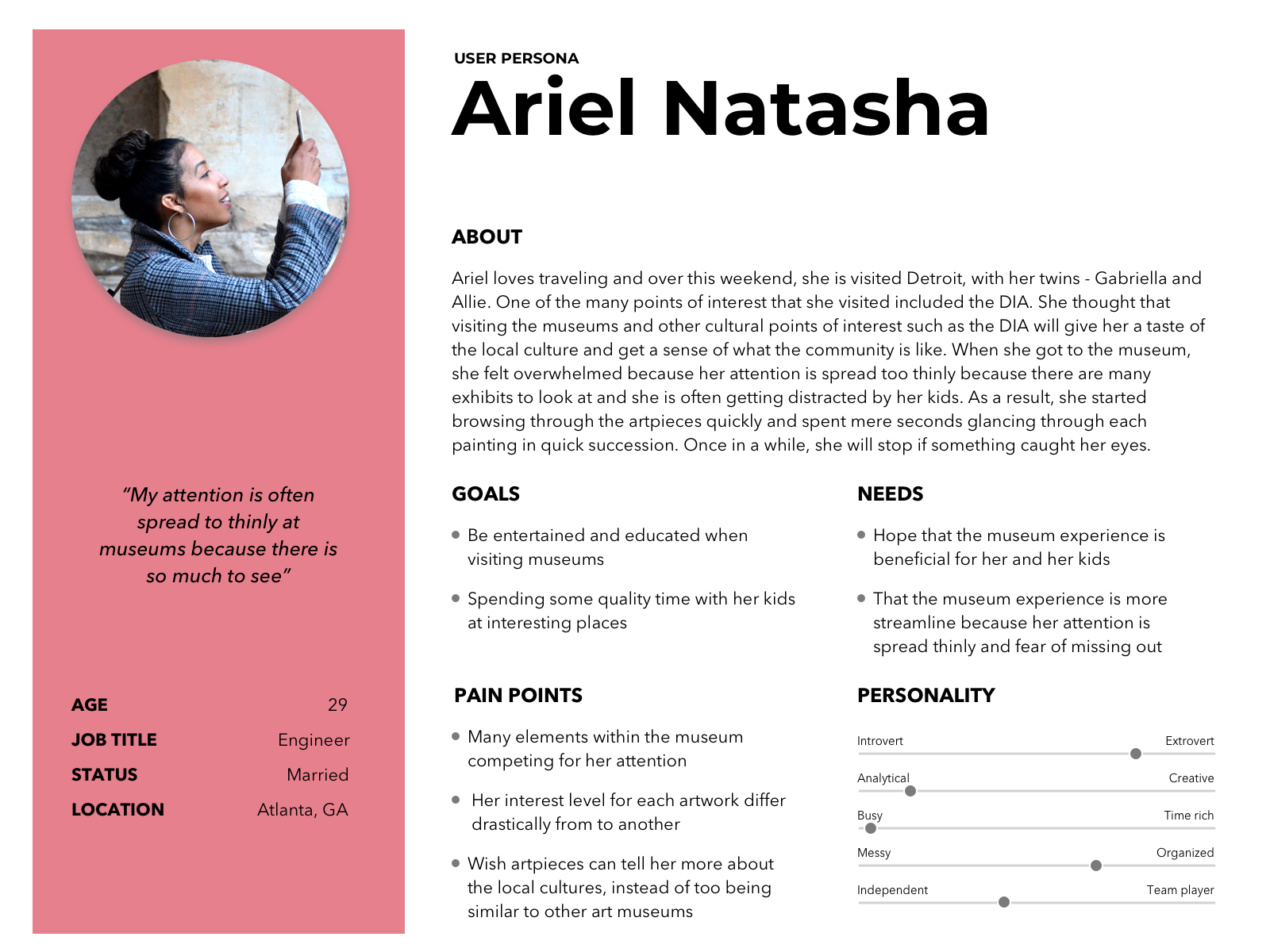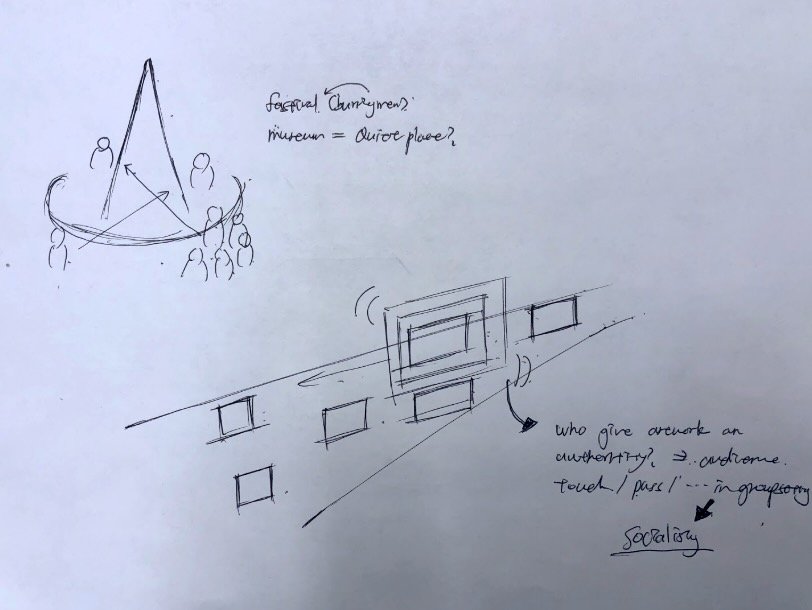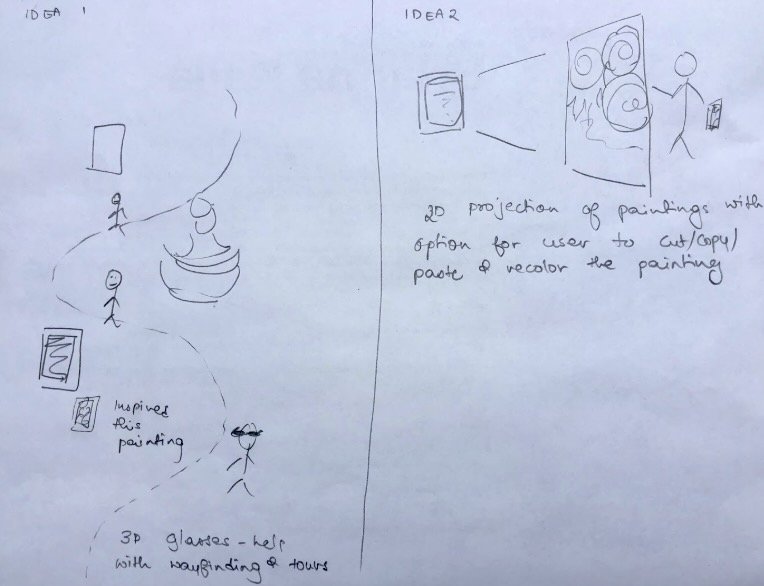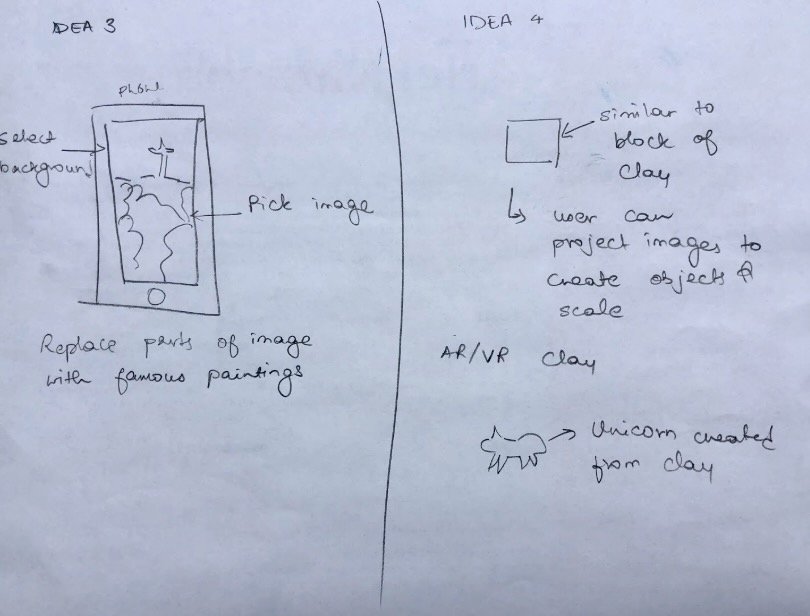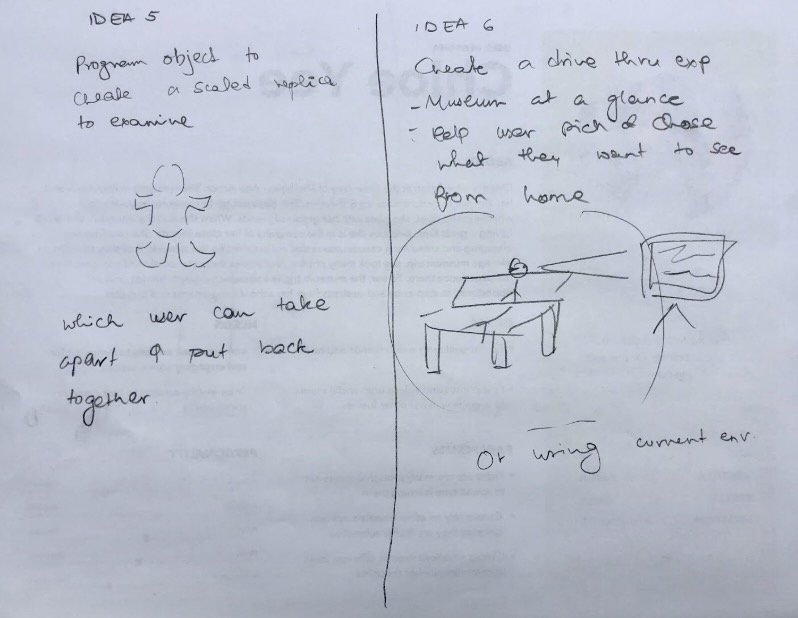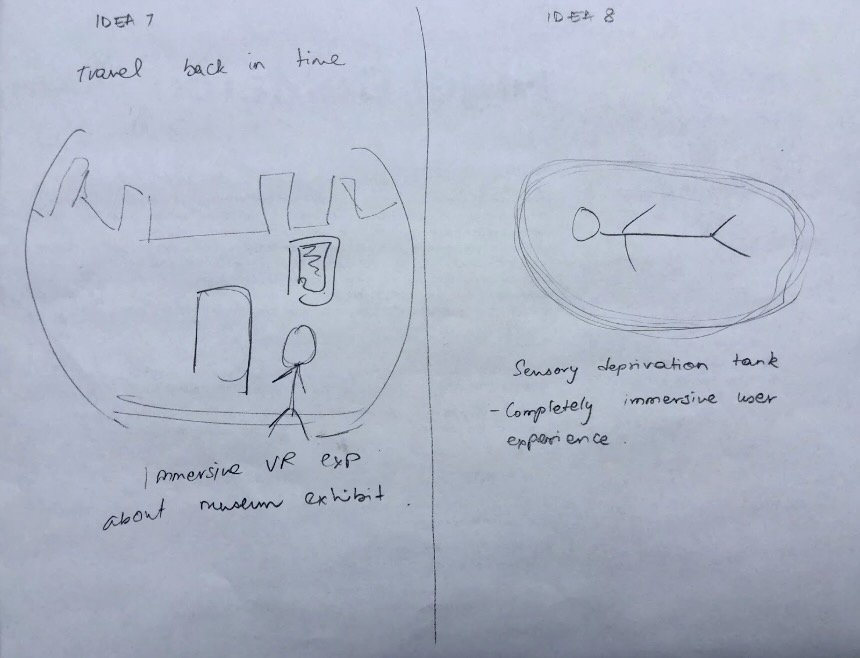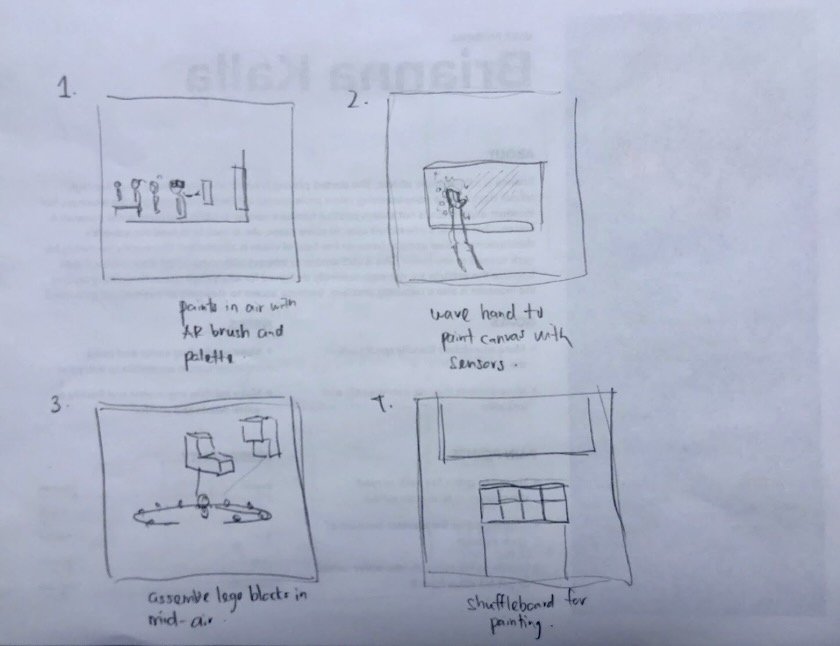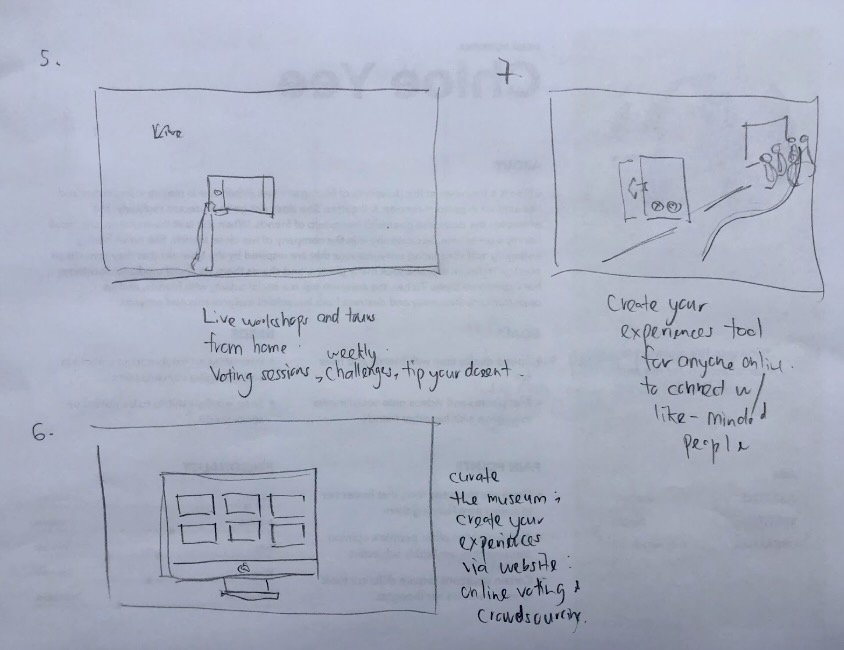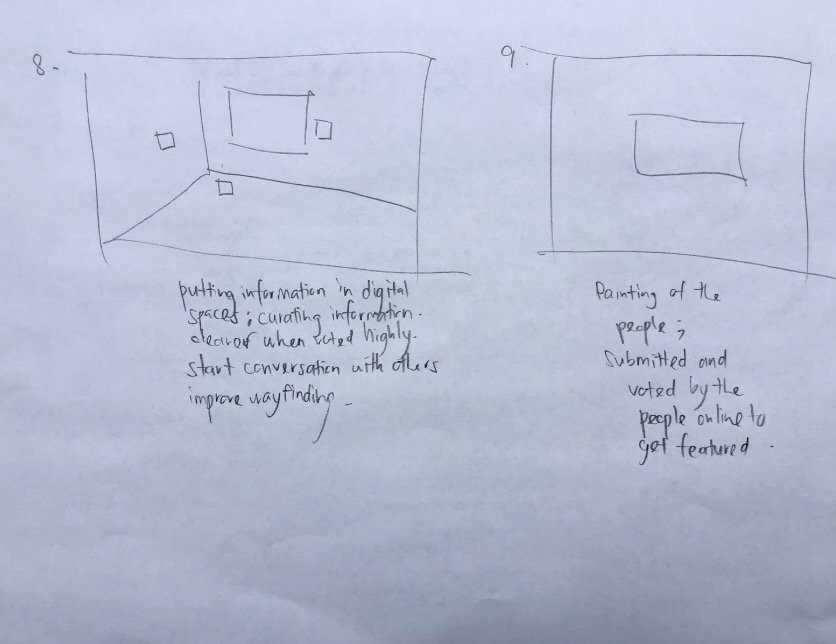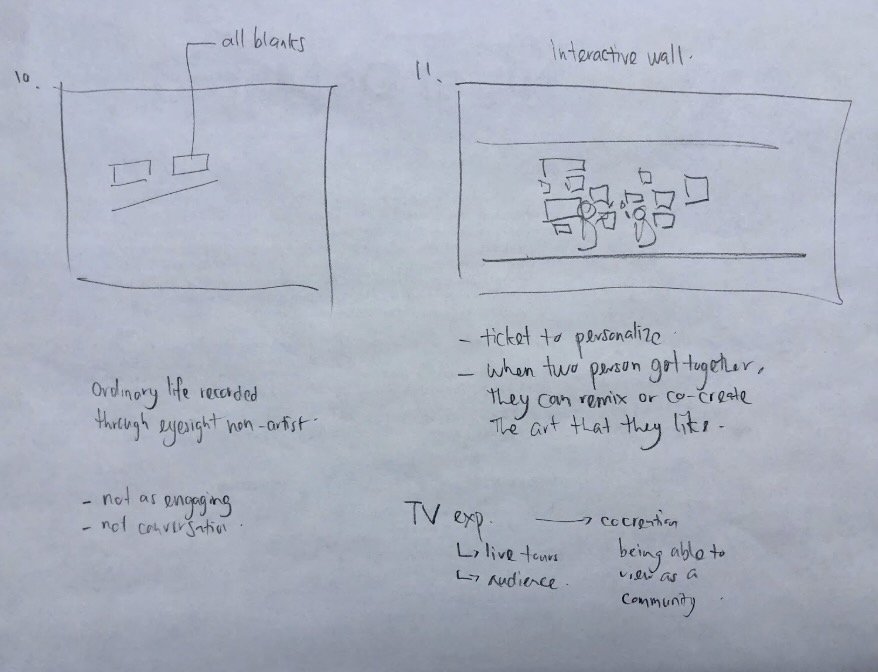UMMA Social
Designing an Artist-audience Co-creation User Experience.
Summary
UMMA Social is a Web-based artist-audience co-creation platform. The digital user experience helps the audience engage in the process of professional art creation through UMMA Social Website and Holo Lens Headset. We planned, organized, and conducted extensive UX research to design UMMA Social.
Challenge
The current digital technologies and connectivity boosted civic participation in the production of culture, knowledge, and information since decades ago. This new socio-cultural phenomenon even pervades the realm of art and cultural production and re-identify the concept of artist and audience these days.
We questioned “what is happening in museum settings?” in this digital age, particularly, targeting how the audience's behavior and confessions are in their interaction with art pieces and artists. Through this exploration, we wanted to map out how digital technologies can intervene in the production and consumption of art and culture: re-designing audiences’ experiences in museum settings.
Methodology
We first framed the approach to this large question before conducting extensive UX research.
Exploring Solution
Raw Design Ideation
First, we brainstormed what future user experience we can create for museum audiences. By doing so, we tried to avoid bias in our user research and design process.
Exploratory Data Collection
We visited 3 different museums nearby Detroit, Michigan, with the large questions as below. Each visit last 5-6 hours.
“What is happening there?” and “Who are there?”
“What are the audiences doing?”
“What do they want in their museum experience?
We started the research with an open-end and unstructured attitude: “Just be there, and see, look, and observe”, as if we have little knowledge about the museum experience”.
Then, we conducted observation, in-depth interviews, and focus group sessions with fine artists, art educators, museum curators, art history major students, as well as the audience.
Data Collection Material Example
Iterative Data Analysis & Synthesis
Before taking on data analysis, we wrote down our preconceptions to best get rid of bias towards the data. And we iteratively analyzed all the qualitative data including the interview and focus group transcripts and the observation notes and photos.
Emerging Key Design Themes
The iterative data reduction and validation process extracted key insights regarding the museum audience’s needs and desires. The highest themes clusters were:
Cultural Capital
Audience Socialization
Willingness for Peer-participation
Resistance to Authority and Ordinary Life
Herd Instinct
Authenticity
Feasibility
Based on sub-themes, we generated 4 critical questions to answer in the final design solution “UMMA Social”.
How can we increase participation in the practice of art piece co-creation?
How can we design a platform that empowers the artists, the audience, and the museum authority?
How can we increase representation of the socio-economically marginalized in popular arts?
How can we make the art-making experience more personal?
Persona Creation
Then we created 4 personas for the potential user of “UMMA Social”, the artist-audience co-creation platform.
Design Ideation (Divergent Thinking)
We divergently explored how we can re-design the current museum experience by using technologies. And we generated 9 different design concepts.
Final Design Decision (Convergent Thinking)
We iteratively reviewed our data analysis and personas, during the process of the above design ideations. Then we extracted the final design decision for UMMA Social.
Paper Prototype
While we went through the final design decision process, we simulated the design concept with a paper prototype.
Final Solution
At the end, we created UMMA Social that help engage the audience participation in the process of art creation using UMMA Social Website and HoloLens Headset.
UMMA Social enables two distinct type of end user; the audience and the artist. Simply put, it is an inter-communicative co-creation platform to facilitate many audiences engagement in the work of an artist.
Prototype
Wireframe
Hi-Fi Mockup
1. Audience Experience
Website Landing Page
Audience can choose the type of artwork that they want to partake in.
Currently active artists are shown on the landing page, to help audience select a specific artist to co-create artwork with.
Artist Information Page
When audience selects a certain artist on the landing page, the artist’s introduction page shows up.
This page shows the artist’s information, so that to help the user to understand the current works.
Audience can select which artwork to partake in.
Audience can also subscribe or donate to the artist.
Co-creation Channel Page
On this channel, audiences can contribute to co-creating an art piece with an artist. This channel enables the audience to chat, create poll, recommend, and pull up reference images, to influence the artist to reflect on their artistic expression.
While the audience have a rather rich interaction experience, the artist only sees aggregated data, if they choose to, to help keep them in the 'flow' during co-creation.
2. Artist Experience
On the other hand, the artist experience will be Mixed Reality experience - where there are graphics overlay during co-creation. Artists will still be able to draw, paint or create art with the tools they are comfortable or familiar with.
They will communicate with audiences via voice and get feedback through the graphic overlays such as word cloud or 3D charts. If they choose to, they can look at the messaging thread to follow the conversation in greater detail or customize their virtual interface to their preference. Here are a series of sequence to log in into the mixed reality experience.
Reflection
The final result of an art piece :
is jointly and organically produced by the artists and the audiences, like a jazz improvisation where creativity and spontaneity coexist.
For Audience :
The artwork produced will be displayed in the museum, posted on the museum's website. Those who contributed can download and digitally own the piece they have created.
For Artist :
Artists can build a following and have a consistent income stream through the Patron model as they get involved more. The museum would hosts these artists and function as a decentralized guild, by providing these artists with the tools and the space they need, and in return, artists would co-create new artworks through this service.
We hope that this symbiotic relationship will also incentivize the number of people visiting museums, because they have a greater sense of ownership in the artworks that their local museum display.




















